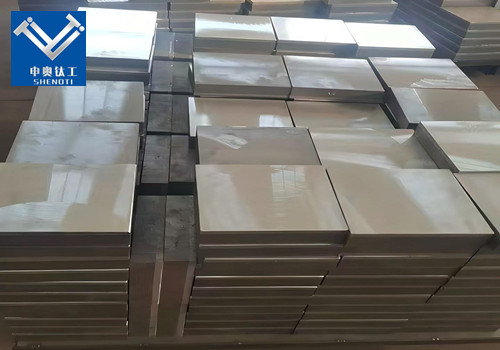
Why Choose Aluminum Stainless Steel Clad Plate?
2025-07-12 11:19:09
What Is an Aluminum Stainless Steel Clad Plate?
An Aluminum stainless steel clad plate is a composite material made by bonding an aluminum layer to a stainless steel substrate through advanced technologies like explosion bonding, hot rolling, or diffusion welding. This innovative metal composite combines the corrosion resistance and strength of stainless steel with the lightweight and thermal conductivity of aluminum, resulting in a versatile material suitable for a wide range of industrial and commercial applications.
Why Choose Aluminum Stainless Steel Clad Plate?
1: Enhanced Mechanical Properties
The unique fusion of aluminum and stainless steel offers the best of both worlds:
High tensile strength from stainless steel
Lightweight and ductile nature of aluminum
Thermal conductivity ideal for heat exchangers
Excellent fatigue resistance and formability
This makes aluminum stainless steel clad plate a reliable material for projects where structural integrity and weight savings are critical.
2: Corrosion Resistance
Stainless steel's oxidation resistance protects the material in acidic, saline, and marine environments. Aluminum adds an additional passive layer of protection, significantly extending the material’s life span even in aggressive atmospheres like:
Seawater
Acidic gases
Industrial exhaust systems
3: Outstanding Cost Efficiency
Replacing solid stainless steel or aluminum with a clad plate reduces material costs without sacrificing performance. You gain:
Reduced weight (lower transportation & installation costs)
Long service life (reduced maintenance and replacements)
Competitive pricing compared to exotic alloys
Using aluminum stainless steel clad plate leads to significant cost savings in large-scale industrial projects.
Key Applications of Aluminum Stainless Steel Clad Plate
1: Heat Exchangers and Condensers
The high thermal conductivity of aluminum and the corrosion resistance of stainless steel make the aluminum stainless steel clad plate ideal for heat transfer applications. Industries using them include:
HVAC
Power plants
Petrochemical industries
2: Marine and Shipbuilding Industry
In marine environments, weight reduction is crucial for vessel performance and fuel efficiency. The use of aluminum stainless steel clad plates offers:
Corrosion resistance to seawater
Lighter hull components
Enhanced safety due to improved fatigue strength
3: Chemical Processing Equipment
Chemical plants demand materials that resist chemical attack and mechanical stress. Clad plates are used in:
Reactors
Storage tanks
Pressure vessels
They perform well under both high pressure and aggressive chemical exposure.
4: Automotive and Railway Components
The automotive industry prioritizes fuel efficiency, which is tied to vehicle weight. Using aluminum stainless steel clad plate in:
Exhaust systems
Engine heat shields
Structural supports
helps reduce mass without compromising durability.
How Is Aluminum Stainless Steel Clad Plate Manufactured?
1: Explosion Bonding Technology
This high-energy process uses controlled detonation to bond aluminum to stainless steel without melting either metal. The result is a metallurgical bond with:
Strong interfacial strength
No intermetallic compounds
Excellent shear and tensile properties
2: Hot Rolling Cladding
Hot rolling involves placing aluminum and stainless steel under extreme pressure and temperature to create a seamless bond. Benefits include:
Smooth surface finish
Excellent weldability
Uniform thickness distribution
Material Grades and Technical Specifications
The aluminum stainless steel clad plate can be customized using various material grades:
Layer Common Grades
Aluminum :1050, 1060, 3003, 5052, 6061
Stainless Steel :304, 316L, 321, 310S, 904L
Typical specifications:
Thickness range: 1.0mm to 50mm
Width: up to 2000mm
Bonding strength: ≥ 130 MPa
Corrosion resistance: ≥ 500 hours in salt spray test
Custom sizes and mechanical properties can be tailored according to project requirements.
Benefits of Using Aluminum Stainless Steel Clad Plate in Industry
1: Sustainability and Environmental Impact
Using composite plates reduces the need for rare or high-energy metals. Lighter materials also cut carbon emissions during transportation and operation.
2: Excellent Workability
The clad plates can be:
Cut
Bent
Welded
Machined
This makes them ideal for custom fabrication in various shapes and configurations.
3: High Compatibility with Modern Joining Methods
Thanks to their metallurgical bond, aluminum stainless steel clad plates are suitable for:
Friction welding
Explosion welding joints
Bimetal transition joints
These features make them ideal for composite pipelines and dual-metal equipment.
Industry Case Study: Chemical Reactor Upgrade
A major chemical plant in Southeast Asia replaced its conventional 316L reactors with aluminum-stainless steel clad versions. Results:
30% reduction in fabrication costs
Improved heat transfer by 25%
Extended service life from 8 to 15 years
No major maintenance reported after 5 years of operation
Global Standards and Quality Assurance
Reputable manufacturers of aluminum stainless steel clad plate follow standards like:
ASTM B898 (Explosion-bonded aluminum/stainless composites)
GB/T 8165 (China clad plate standard)
ASME Code Case for Pressure Vessels
Quality tests include:
Ultrasonic testing (UT)
Shear testing
Salt spray testing
Microstructure inspection
Choosing a certified supplier ensures compliance with international quality and safety regulations.
Choosing the Right Aluminum Stainless Steel Clad Plate Manufacturer
When selecting a supplier, consider the following:
Technical experience in cladding
Full material traceability
Customization capabilities
Compliance with industry standards
After-sales technical support
A good manufacturer offers not just materials, but engineering solutions tailored to your project’s unique needs.
Innovation with Aluminum Stainless Steel Clad Plate
In today’s competitive and sustainability-driven market, the aluminum stainless steel clad plate stands out as a high-performance, cost-effective, and durable solution for multiple industries. Whether your focus is on weight reduction, corrosion protection, or energy efficiency, this dual-metal composite delivers excellent value.
Ready to elevate your next project? Choose aluminum stainless steel clad plates and unlock new possibilities in material engineering.
Contact Us for Aluminum Stainless Steel Clad Plate Solutions
We specialize in customized clad metal solutions that meet global industrial demands. If you’re looking for a reliable supplier of aluminum stainless steel clad plate, contact us today:
Baoji City ShenAo Metal Materials Co., Ltd.
Email: zh@baojiti.com.cn
Website: shenaocladplate.com
Address: High-Tech Development Zone, Baoji, China’s Titanium Valley
YOU MAY LIKE











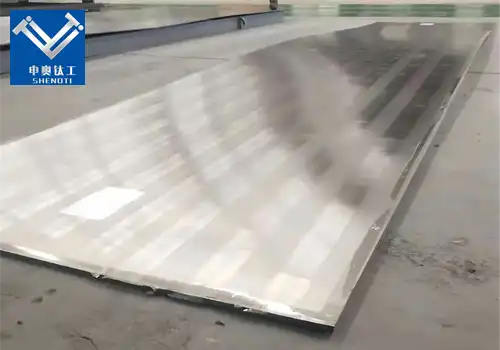
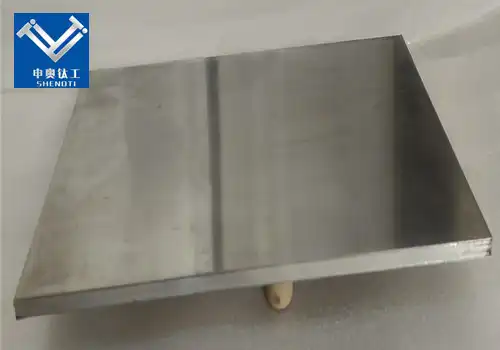

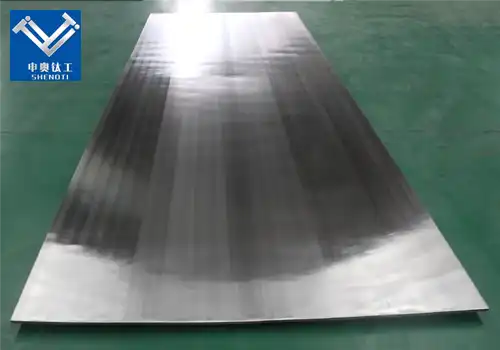
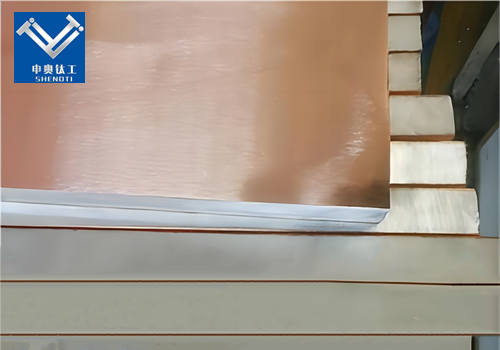
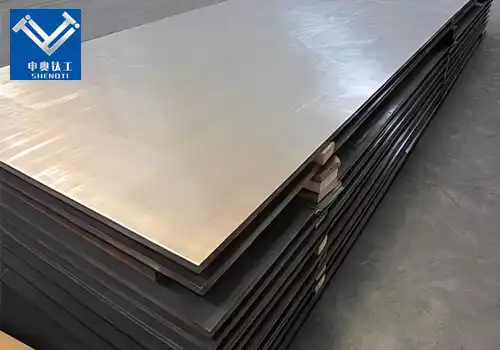
_1735019249058.webp)
